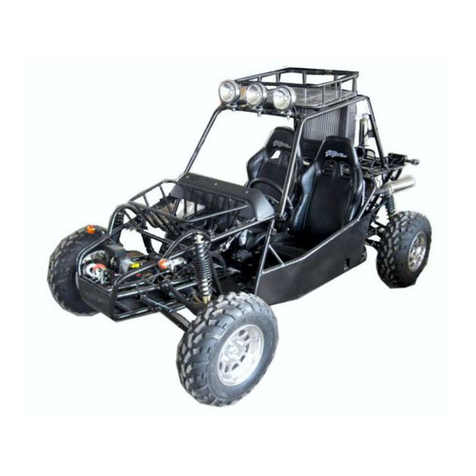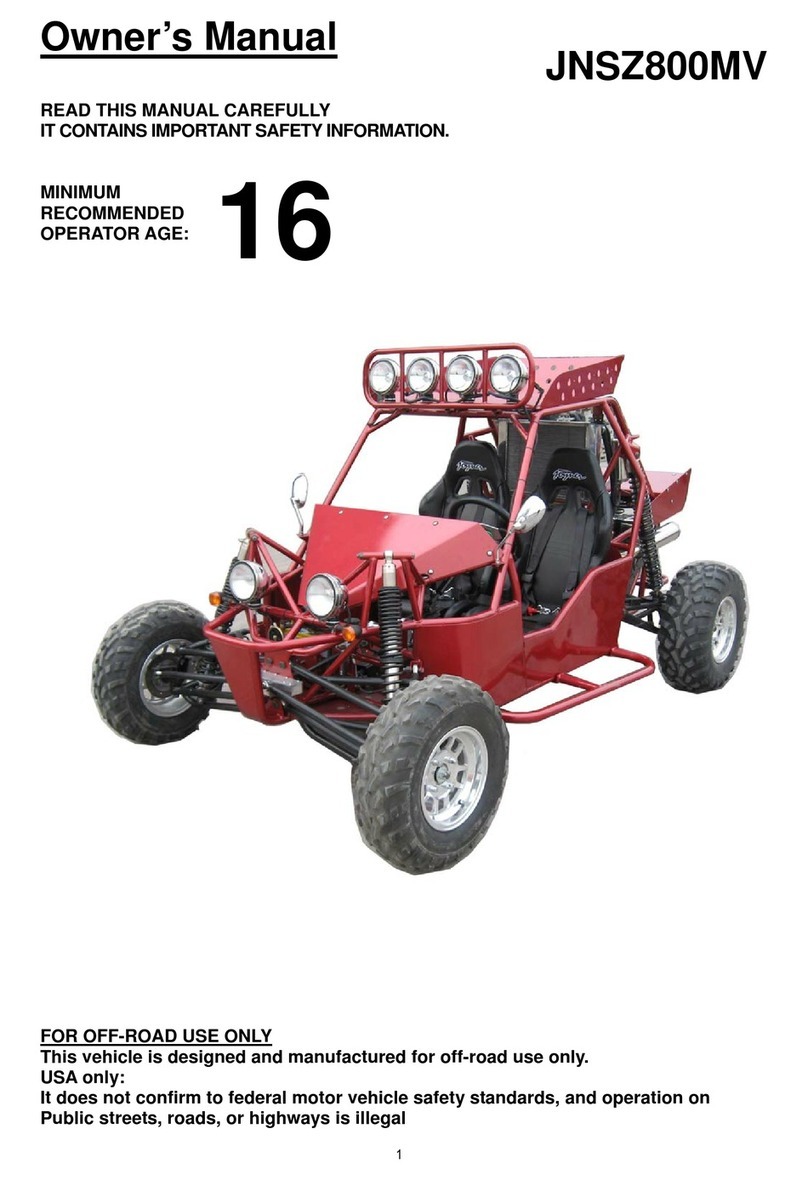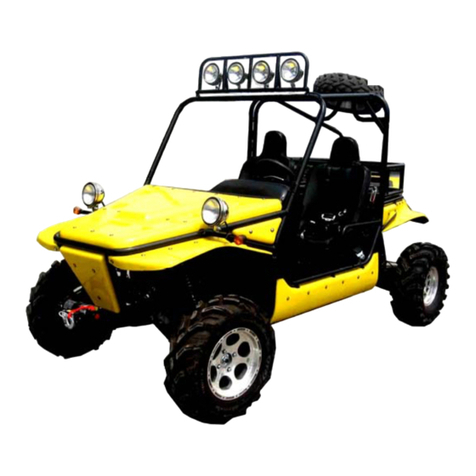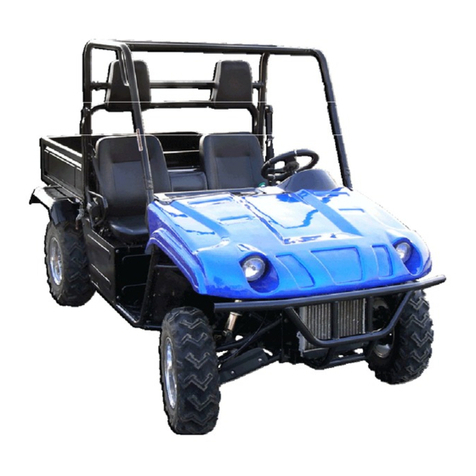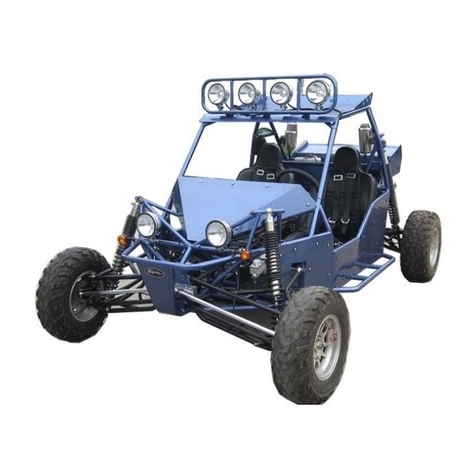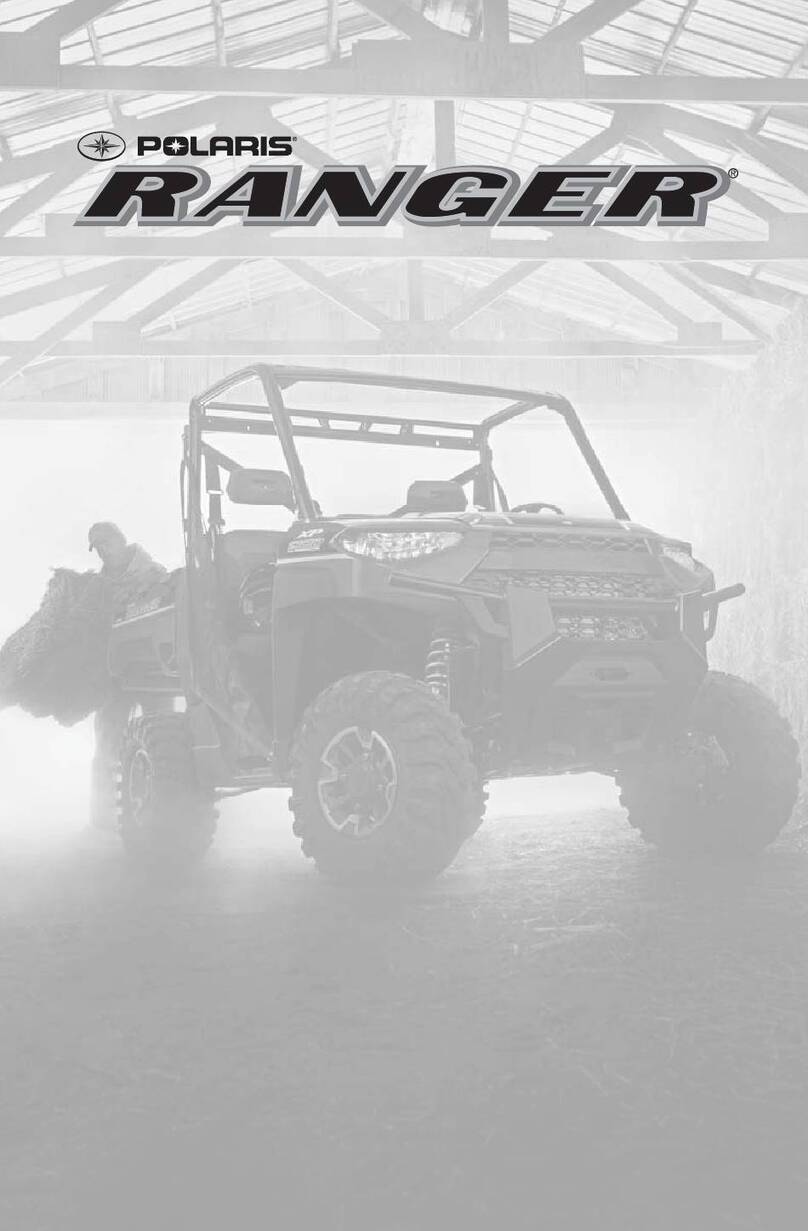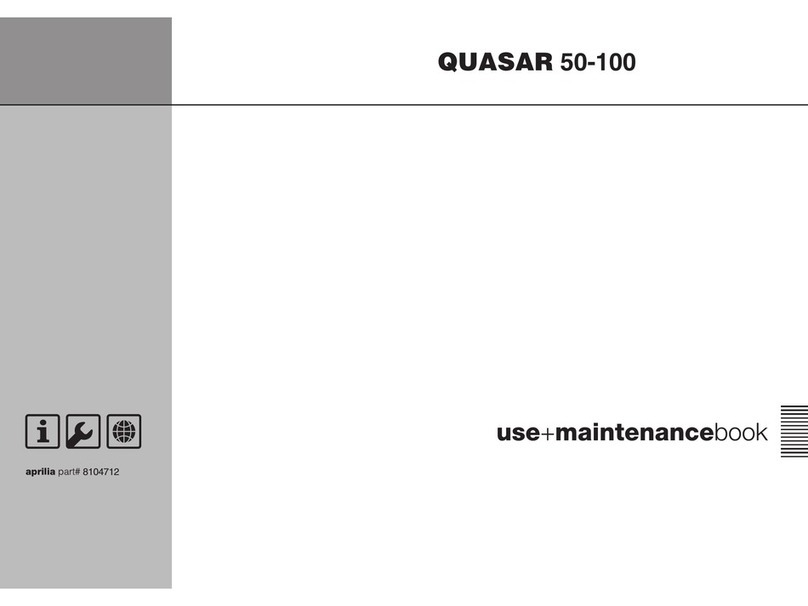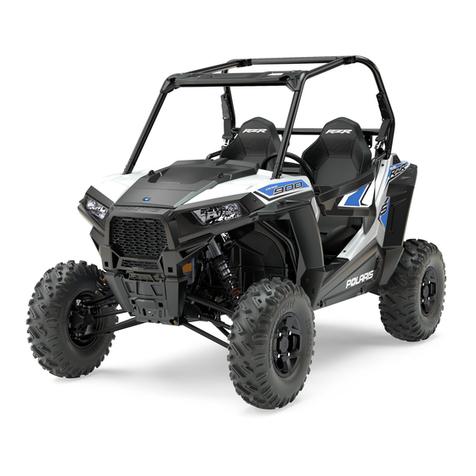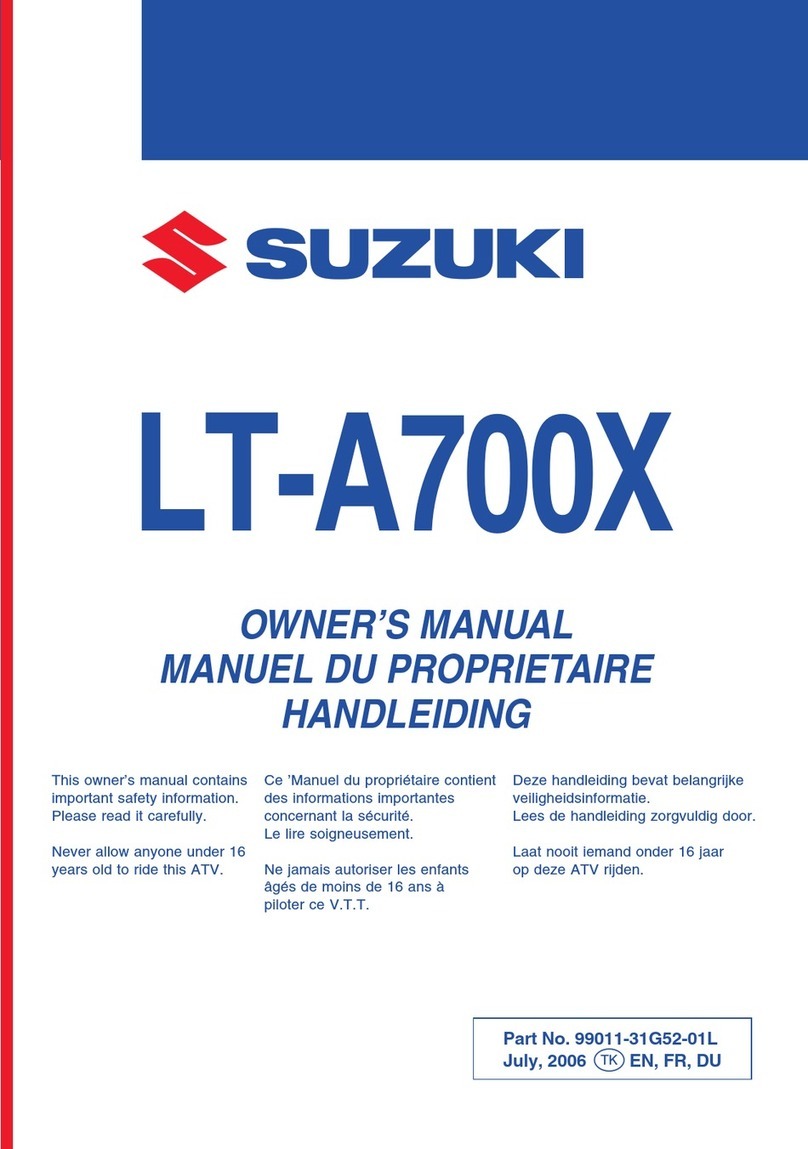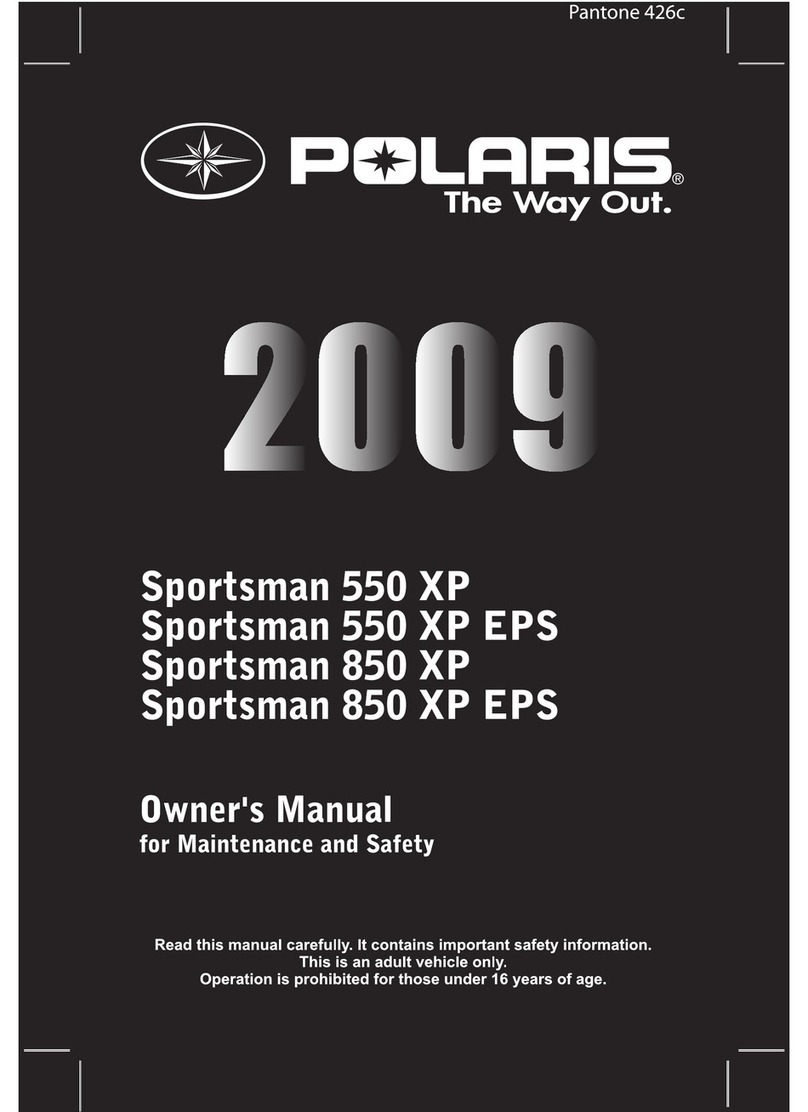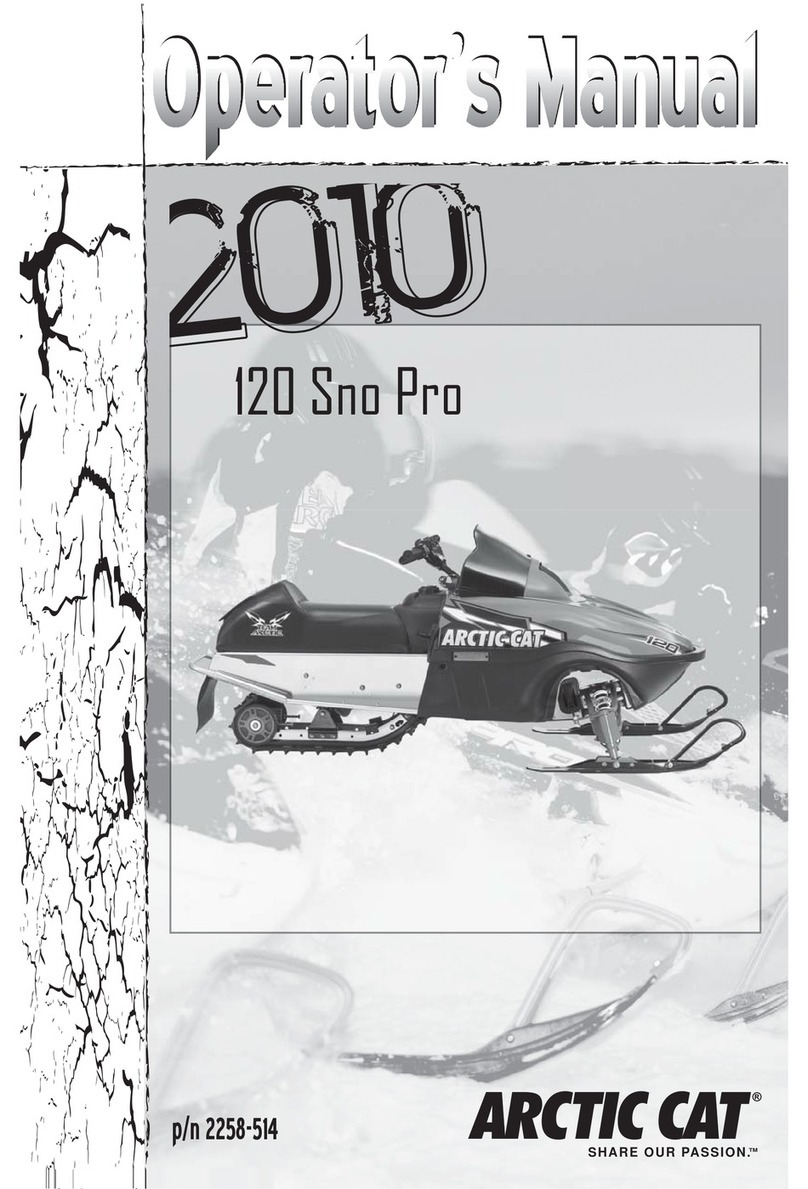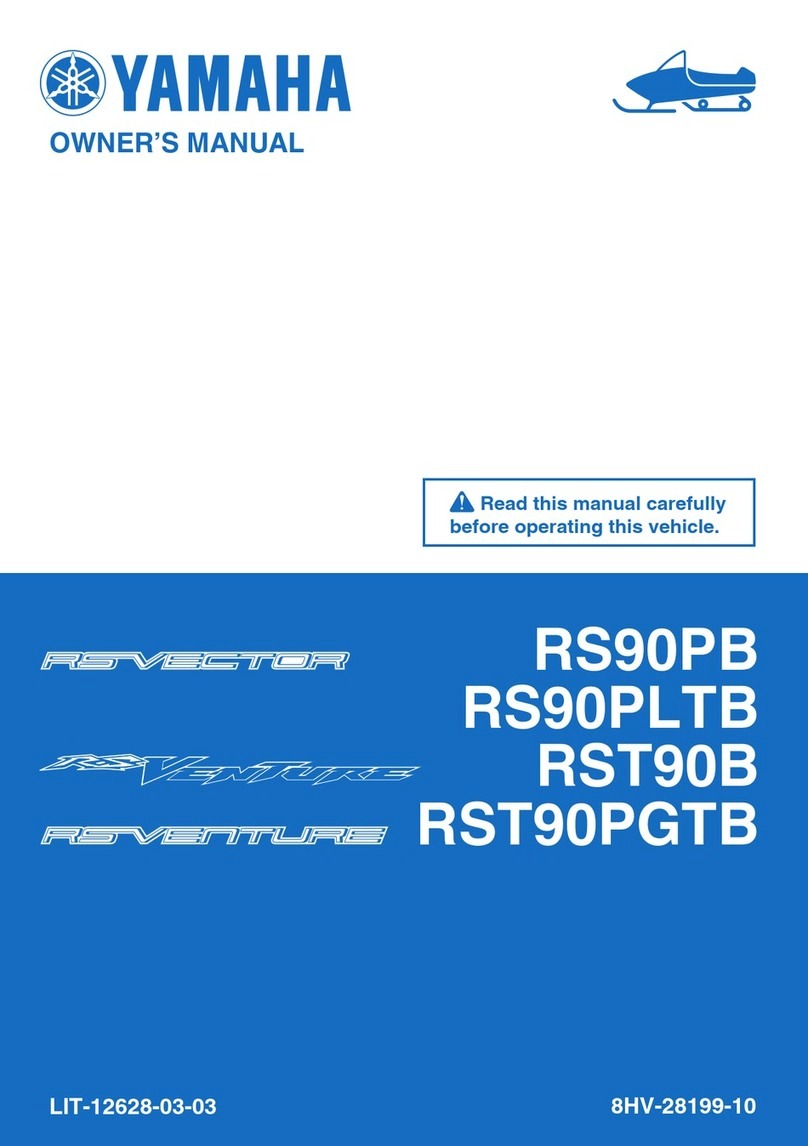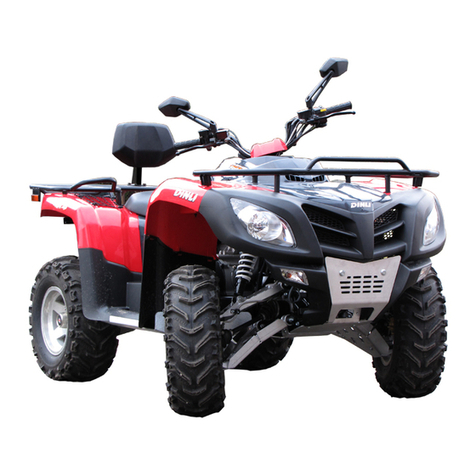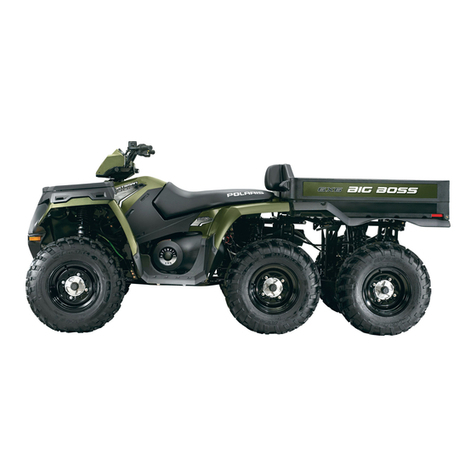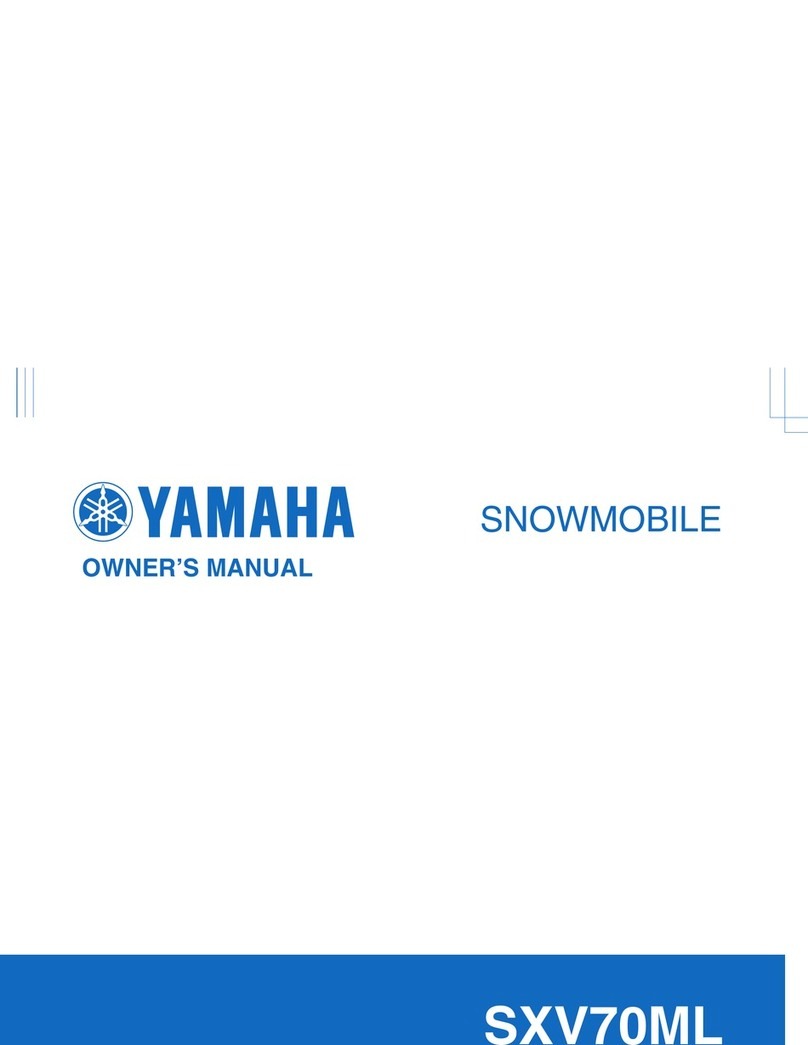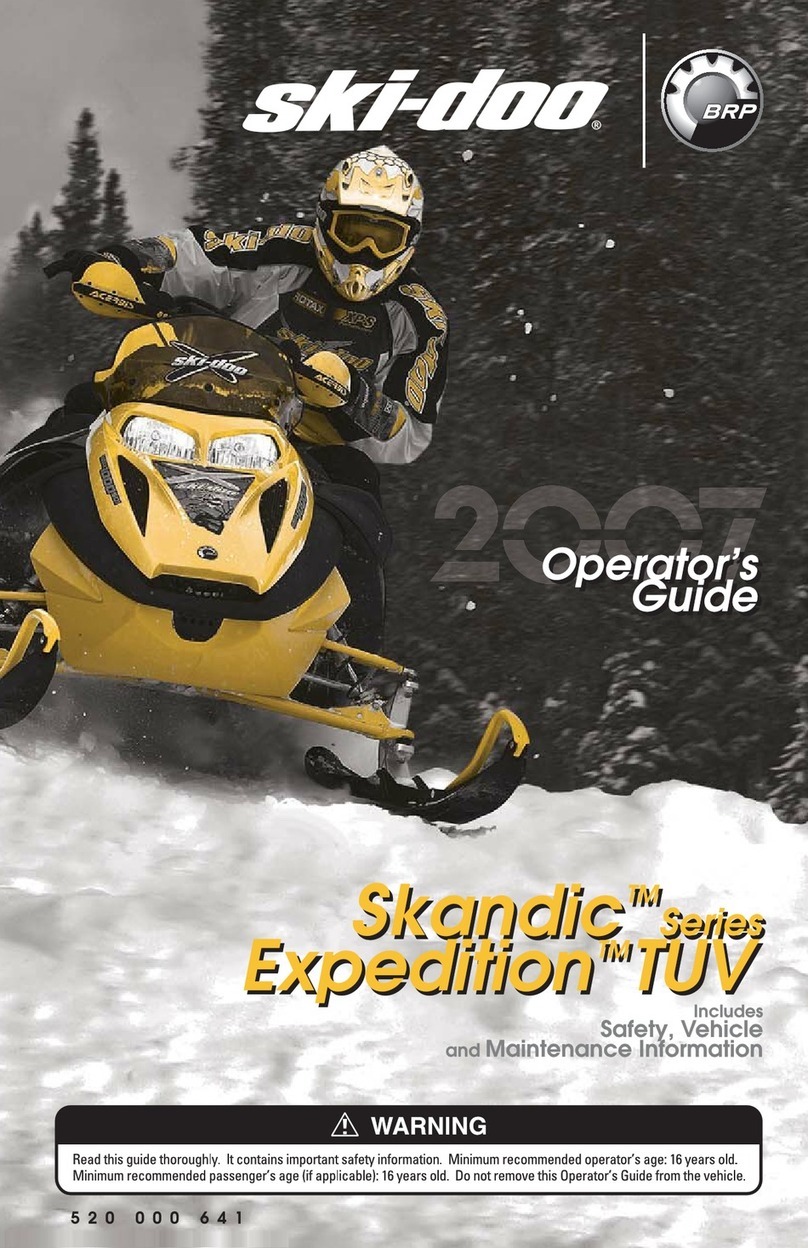CONTENTS
Warranty policy................................................................................................................4
OWNER’S MANUAL......................................................................................................14
1.FOREWORD........................................................................................................14
2.A FEW WORDS ABOUT SAFETY .......................................................................15
3.IMPORTANT SAFETY INFORMATION ................................................................16
4.SAFETY LABELS.................................................................................................17
5.ARE YOU READY TO DRIVE? ............................................................................18
6.IS YOUR VEHICLE READY TO DRIVE? .............................................................20
7.SAFE DRIVING PRECAUTIONS .........................................................................21
8.SPECIFICATIONS................................................................................................24
9.OPERATION INSTRUCTION ...............................................................................25
10.MAINTENANCE .................................................................................................29
PARTS MANUAL.........................................................................................................135
1.ENGINE .............................................................................................................135
2. 4T08A2 TRANSSMISSION ILLUSTRATION.....................................................150
3.CHASSIS ...........................................................................................................163
Wearing parts ..............................................................................................................204
1. Body ..................................................................................................................204
2.Engine ................................................................................................................205
3.Transmission ......................................................................................................206
4..Standard part.....................................................................................................207
PREPARATION ATTACH INSTRUCTION ...................................................................208
1.Remove Packing ................................................................................................208
2.Install the front suspension arm..........................................................................209
3.Attach front shock absorber ...............................................................................210
4.Attach tie rod end and front wheel......................................................................212
5.Attach tie rod and front wheel.............................................................................213
6.Attach the rear suspension arm..........................................................................214
7.Attach drive shaft................................................................................................215
8.Attach rear shock absorber ................................................................................217
9.Attach rear wheel ...............................................................................................218
10.Check vehicle...................................................................................................219
DEALER PRE-DELIVERY INSPECTION ....................................................................220
